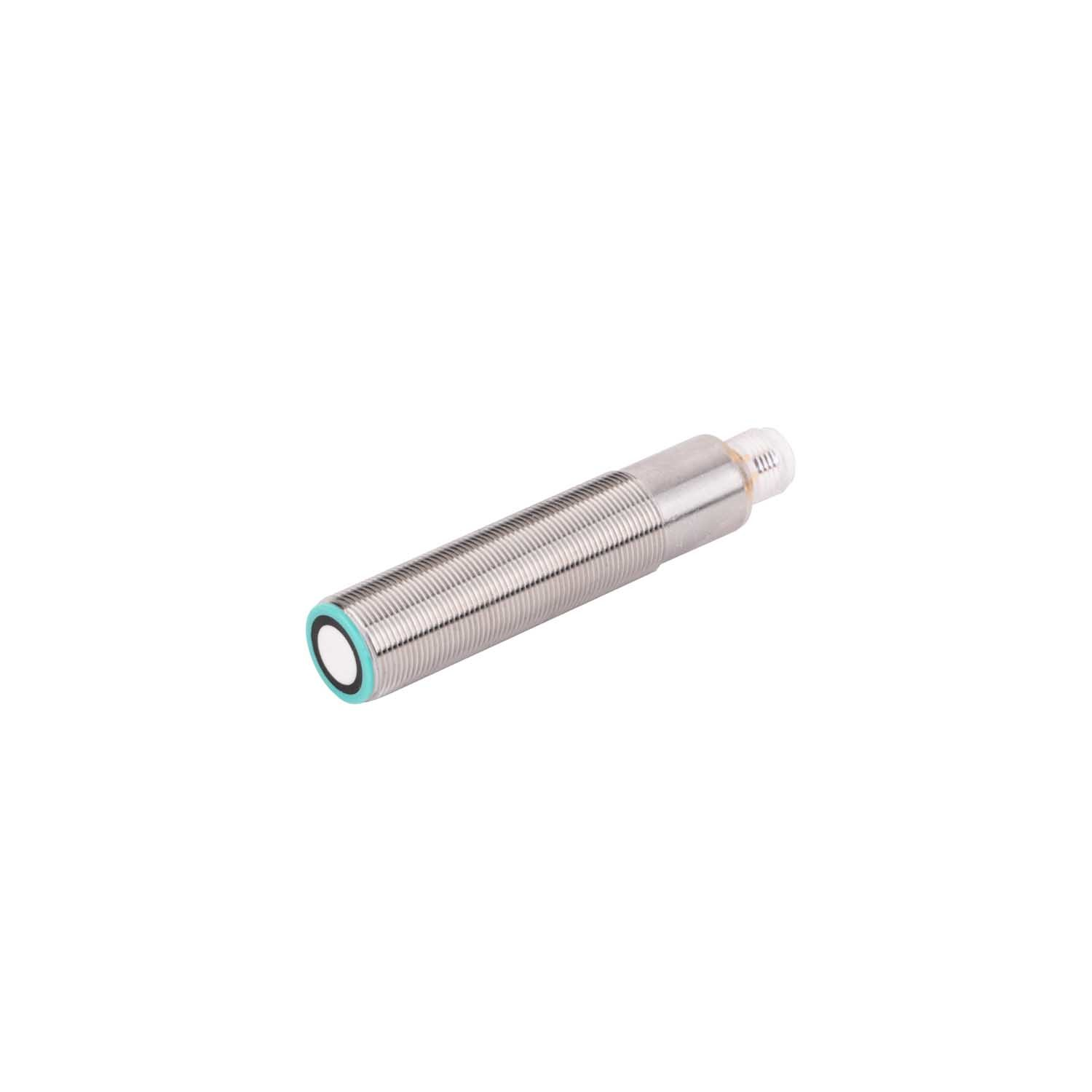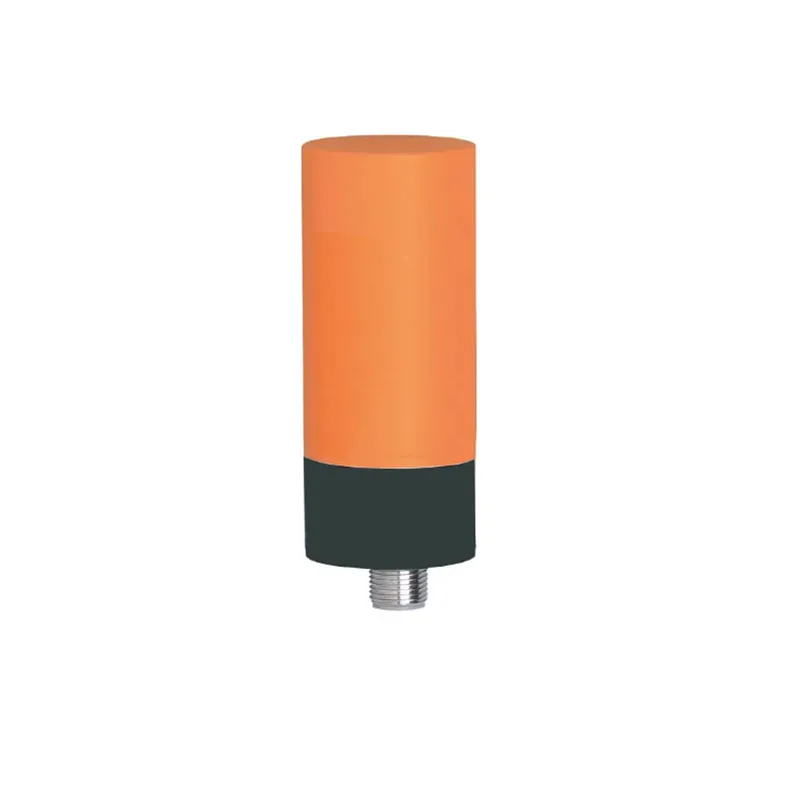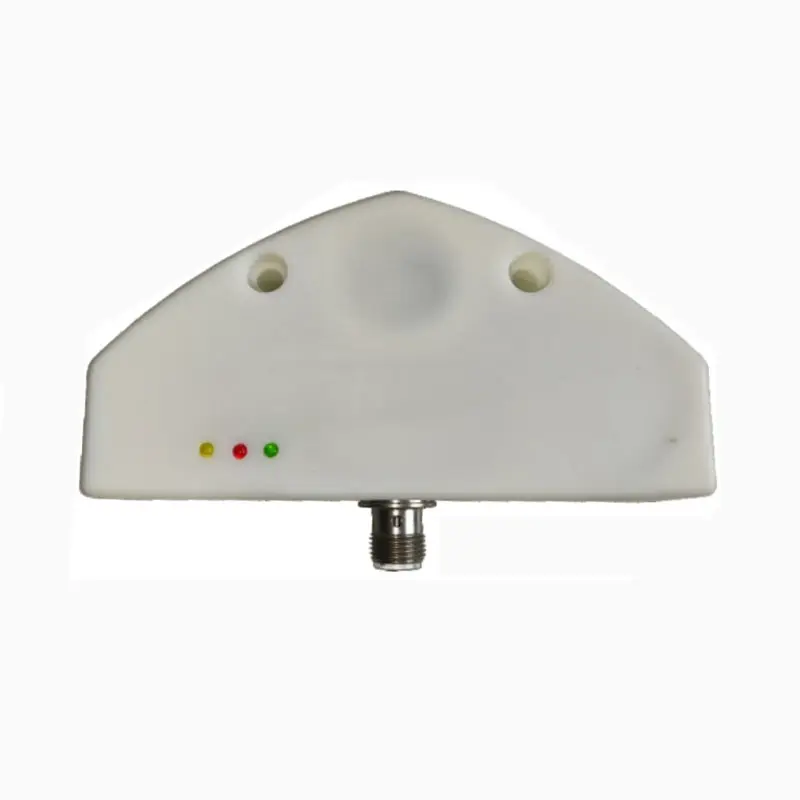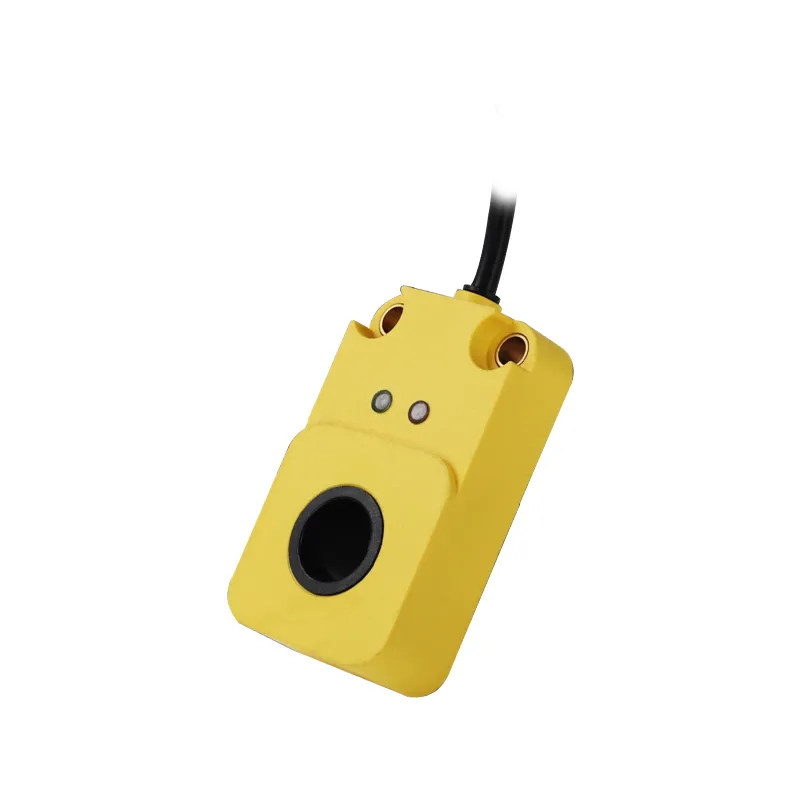sensor inductive proximity
Sensor inductive proximity devices represent a cornerstone technology in modern industrial automation and detection systems. These sophisticated sensors operate on the principle of electromagnetic induction to detect metallic objects without physical contact. By generating an electromagnetic field and monitoring changes in that field when metallic objects enter its detection zone, these sensors provide reliable and precise object detection. The technology employs high-frequency oscillator circuits that create an electromagnetic field around the sensing face. When a metallic target enters this field, eddy currents are induced in the target, causing a loss of energy in the oscillator circuit. This energy loss triggers a change in the sensor's output state, effectively detecting the presence of the metal object. These sensors excel in harsh industrial environments, offering exceptional durability and resistance to various environmental factors including dust, moisture, and chemical exposure. They provide consistent performance across a wide temperature range and can operate reliably in both indoor and outdoor settings. The sensing range varies depending on the specific model and target material, typically ranging from a few millimeters to several centimeters. Modern sensor inductive proximity devices often incorporate advanced features such as adjustable sensitivity, LED status indicators, and various output configurations to accommodate different control system requirements.











